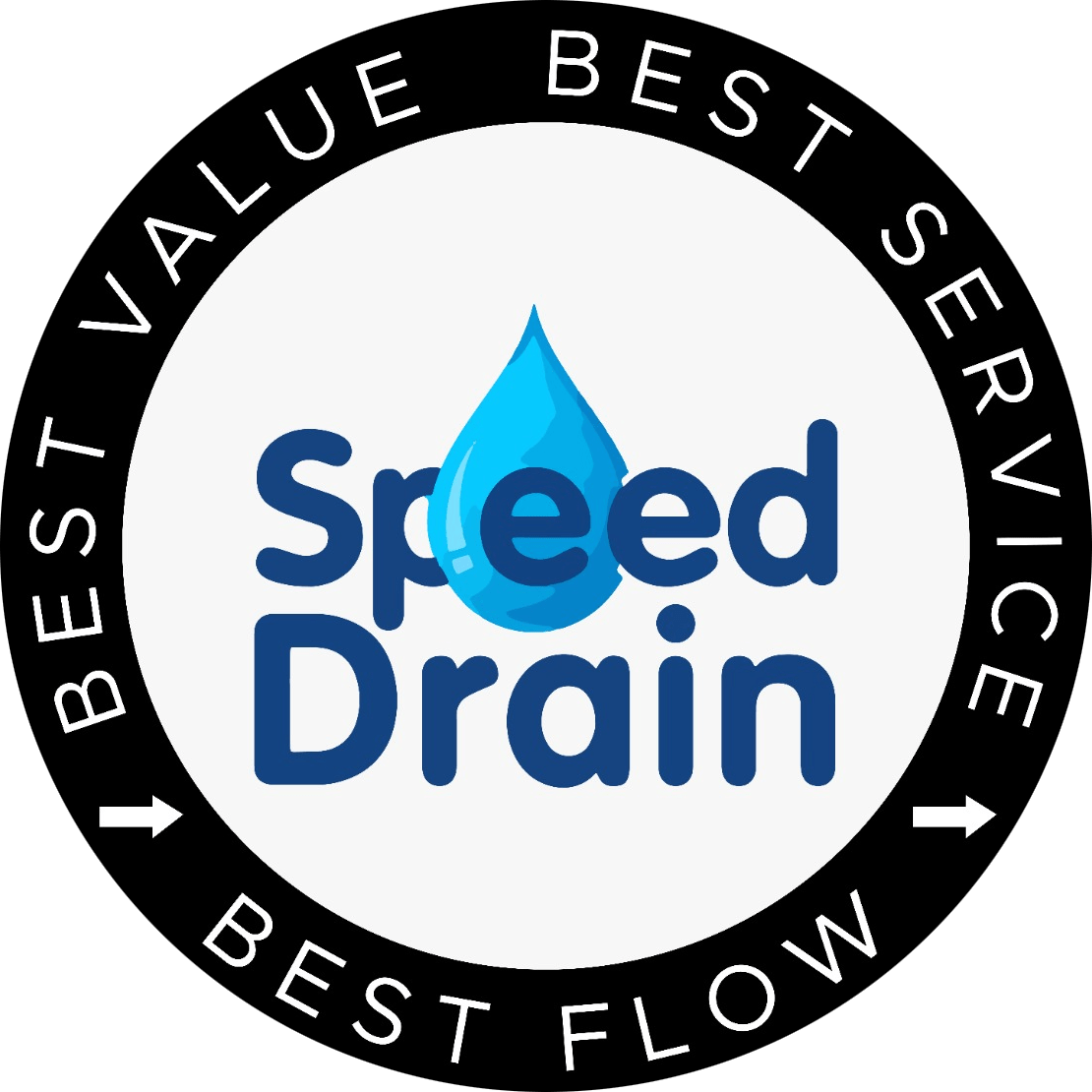Clogged drains are frustrating to deal with. Slow kitchen sink or stubborn sewer clog, getting rid of the blockage is crucial to maintaining a healthy plumbing system. Homeowners and businesses have traditionally used old methods such as snaking or chemical drain cleaners over the years. There’s a new, better, more long-term solution today — hydro jetting.
In this guide, we’ll guide you through everything you should know about hydro jet drain cleaning, how it operates, when you should use it, and why it could be the best remedy for your drain problem.
What Is Hydro Jetting?
Hydro jetting is a high-pressure drain cleaning technique that removes blockages, buildup, and debris from pipes using high-pressure water. It is done through a specialized nozzle attached to a high-pressure hose, which sprays water into the drain with pressures up to 4000 PSI.
Unlike conventional snaking, which merely makes a hole in the clog, hydro jetting really cleans out the interior of the pipes. Not only does it clear the blockage, but it also clears years of grease, sludge, tree roots, and mineral buildup.
It’s a commercial-grade solution that’s often used for both residential and commercial properties — especially when addressing repeat or persistent drain issues.
How Does Hydro Jetting Work?
The process of hydro jetting starts with a thorough inspection, usually with a drain camera. This allows plumbers to see the exact location and nature of the blockage. It also helps identify if the pipes are strong enough to handle the pressure.
After being cleared for hydro jetting, a special nozzle is fed into the drain or sewer line. The nozzle is created to spray water in several directions, so every inch of the pipe is cleaned. As the nozzle travels through the system, it breaks up and washes away grease, scale, soap residue, and any other clogs.
Since it only employs water, hydro jetting is eco-friendly. No corrosive chemicals to hurt the pipes or the environment are necessary.
Advantages of Hydro Jetting Drain Cleaning
1. Deep Cleansing
Hydro jetting isn’t only busting through the blockage; it’s clearing the interior of the pipe. It removes the residue that causes future clogs, giving a long-lasting solution instead of a short-term solution.
2. Successful on Hard Clogs
Tree roots, hardened grease, and tough mineral buildup don’t have a chance against the power of hydro jetting. It’s usually the only solution when other methods don’t work.
3. Environmentally Friendly
Because hydro jetting only employs water, it’s environmentally friendly. There’s no chance of putting toxic chemicals into your plumbing system or local waterways.
4. Preventative Maintenance
Regular hydro jetting can also prevent your pipes from clogging in the first place. Hydro jetting is used by many businesses, particularly restaurants that have high grease output.
5. Safe for Most Plumbing Systems
Hydro jetting, when performed by a professional, is safe for most plumbing systems. Modern plumbing systems can handle the pressure with ease, and older pipes can be checked first to prevent any damage.
When Should You Use Hydro Jetting?
Not all clogs require the strength of hydro jetting, but there are some symptoms that indicate it’s what you should use:
- Recurring drain backup
- Several slow drains in multiple parts of your home
- Orderly odors from drains
- Gurgling noises from toilets or sinks
- Tree roots infiltrating the sewer line
If you notice these, it’s a good idea to get a professional opinion on whether hydro jetting is the solution for you.
Is Hydro Jetting Safe for All Pipes?
Although hydro jetting is really effective, it’s not necessarily the best for every plumbing situation. Extremely old, weakened, or highly corroded pipes may not be able to handle the pressure. That’s why a video inspection is an essential first step beforehand.
For newer homes with PVC or well-maintained older systems, hydro jetting is usually extremely safe. In fact, it’s often the method of choice to keep system health in check and avoid future issues.
How Much Does Hydro Jetting Cost?
Hydro jetting price is also determined by the degree of clog complexity, where to find the blockage, and the size of the system. Residential clients can expect an average price tag of $300 to $600. Commercial hydro jetting may be more expensive, especially for large estates or extremely clogged sewer lines.
Though it might be more costly than a basic snaking, the long-term returns — reduced future service calls, for instance — make it a worthwhile investment.
Can I Do Hydro Jetting Myself?
Though rental equipment is available at some hardware stores, hydro jetting is not a do-it-yourself job. The high-pressure water is dangerous if mishandled, and if you don’t inspect properly, you could hurt your pipes.
Trained and experienced professional plumbers, such as the experts at Speed Drain, possess the training, knowledge, and equipment to safely and effectively conduct hydro jetting.
Conclusion: Is Hydro Jetting Right for You?
Hydro jetting is one of the strongest, most effective techniques for clearing clogged drains and keeping your plumbing system healthy. It provides a deeper clean than conventional methods, saves the environment, and keeps future expensive repairs at bay.
If you’re dealing with stubborn clogs, slow drains, or suspect tree root invasion, it’s time to consider hydro jetting. Reach out to Speed Drain to schedule a professional inspection and see how hydro jetting can restore your plumbing to peak performance.



